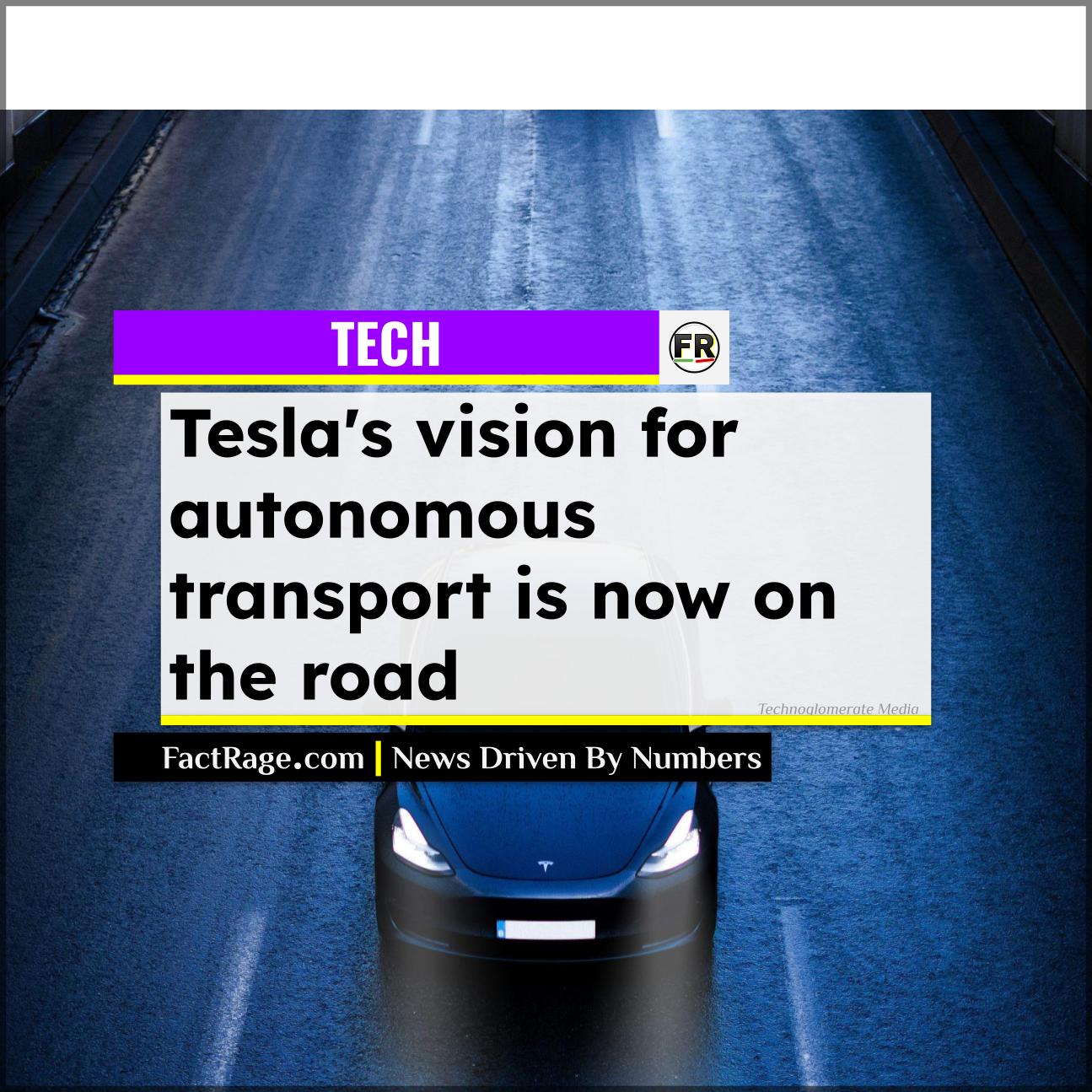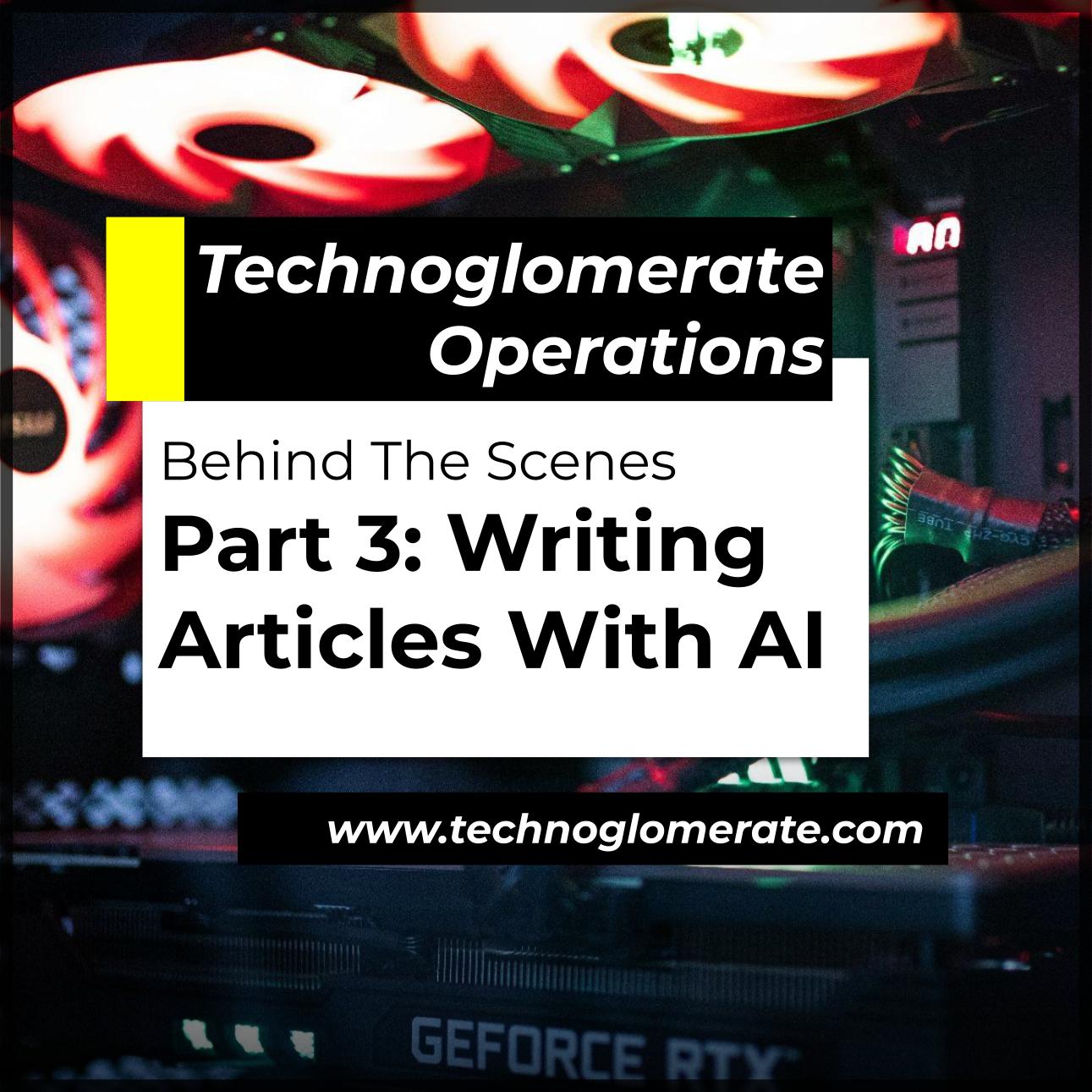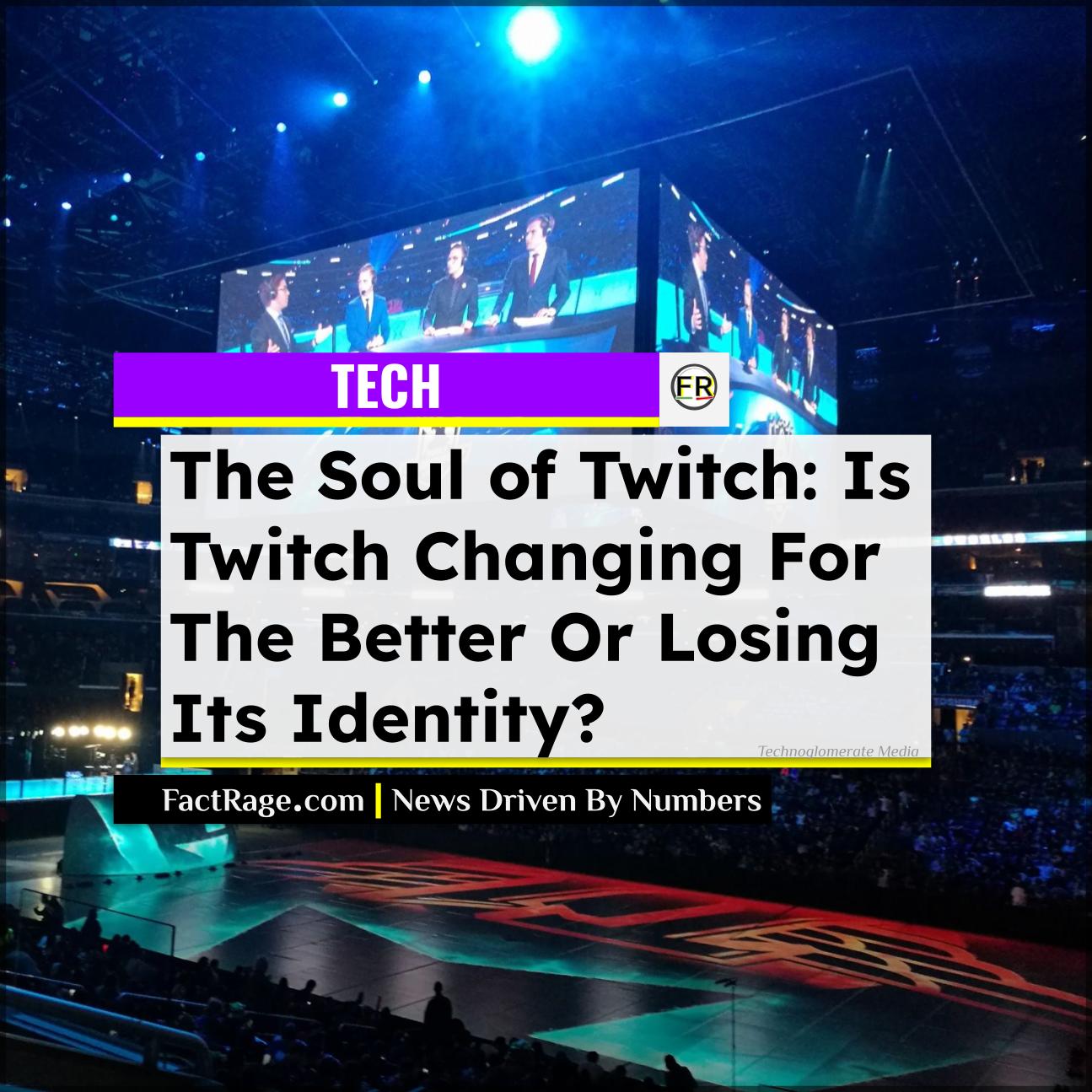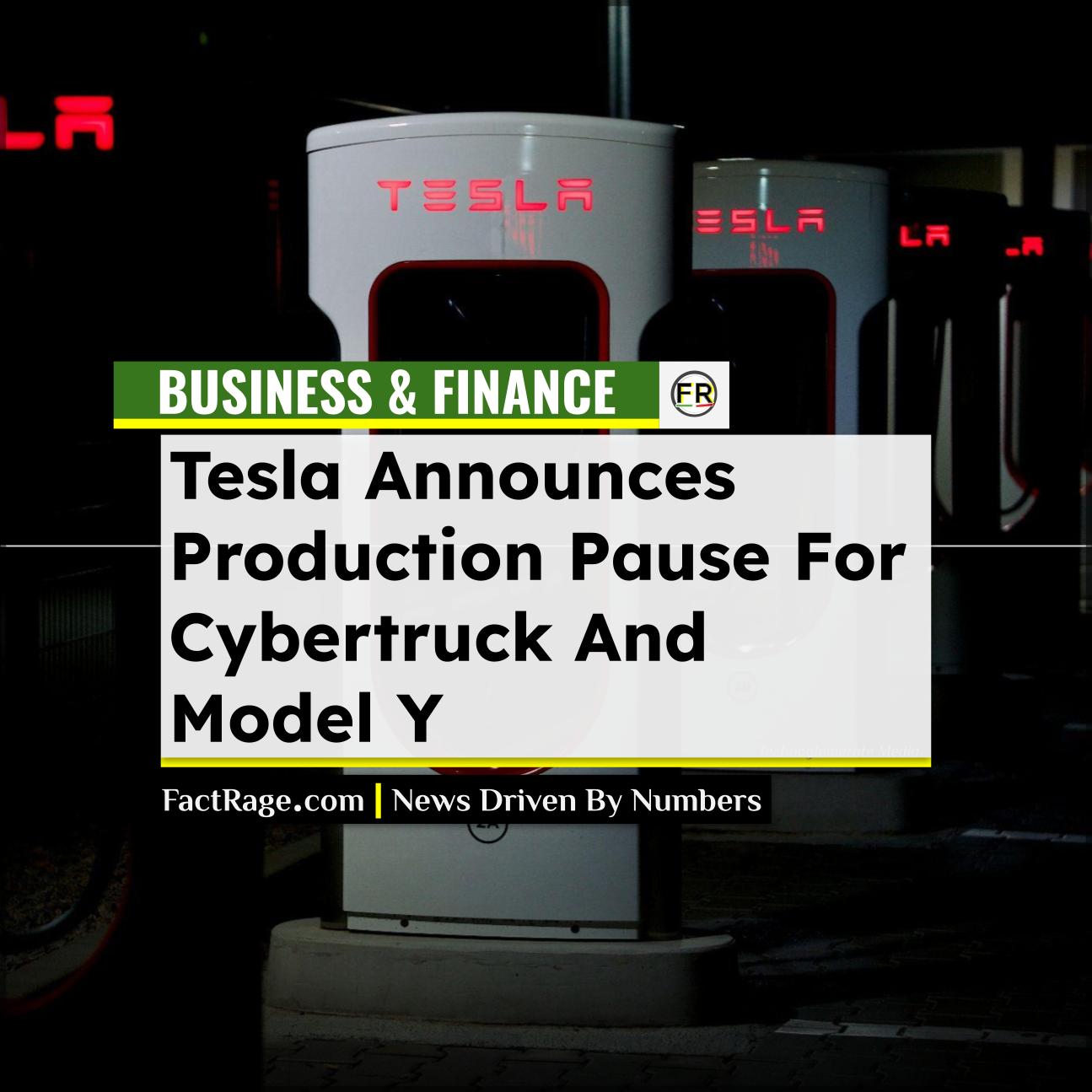AUSTIN, TX – After years of anticipation, Tesla’s robotaxi service has begun its first public-facing trial, offering a glimpse into a potential future of autonomous transportation.
- Summoning a Ride – Early users are hailing the autonomous vehicles via a smartphone app that has been described as functionally similar to existing rideshare services.
- Personalized Cabin – The service links to a rider’s Tesla profile, automatically syncing personal streaming service accounts like Spotify and Netflix for in-ride entertainment.
- Safety Measures – The initial launch includes a human ‘Safety Monitor’ in the front passenger seat of each car and gives riders access to dedicated buttons to request the car pull over or stop.
The limited-scale debut in Austin, Texas, offered a select group of invited riders their first taste of what it’s like to be a passenger in Tesla’s vision for self-driving mobility. With a human safety monitor still in the passenger seat for now, the initial rollout peels back the curtain on the technology from the user’s point of view. So, what is it actually like to ride in one?
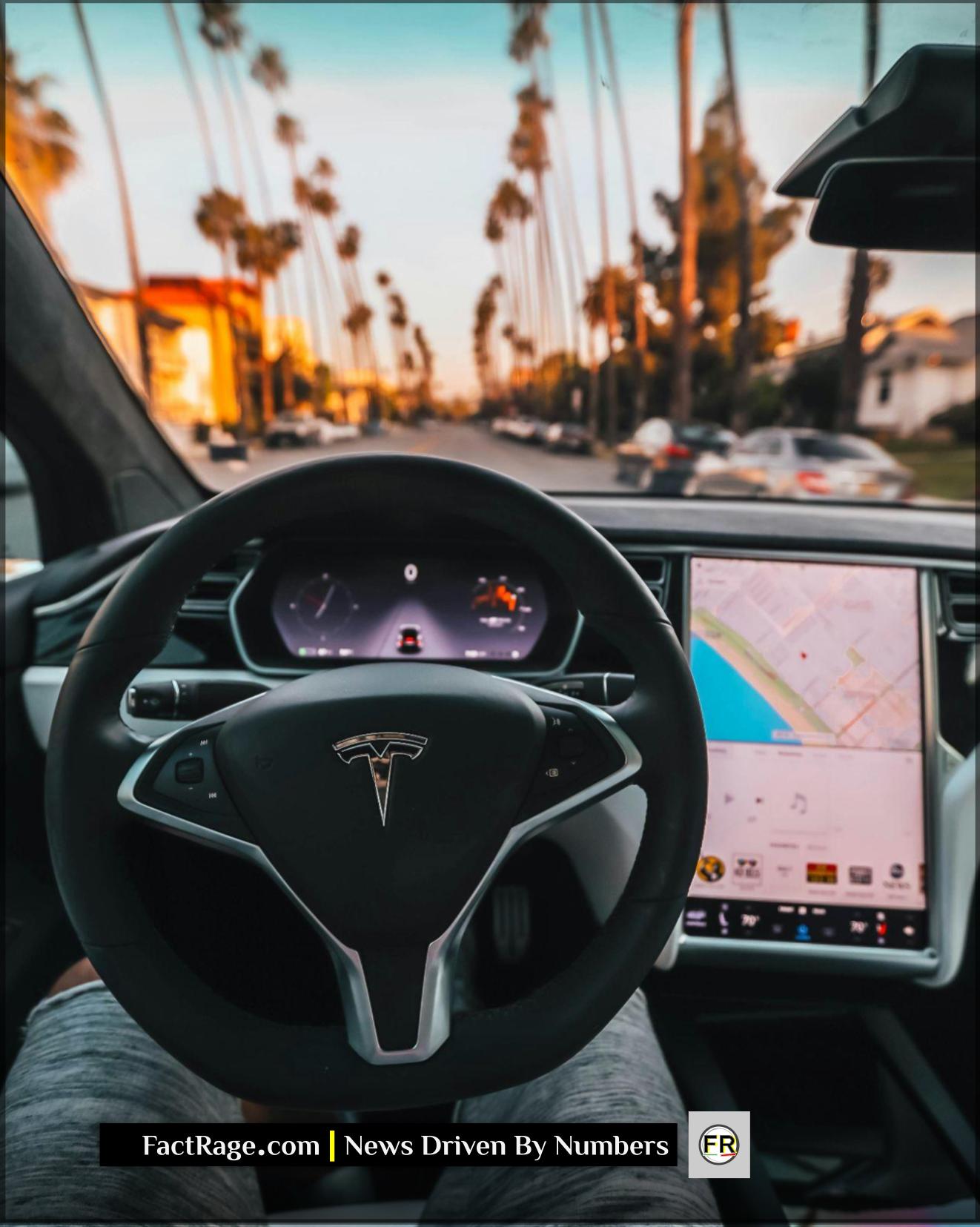
1. How Do You Get a Robotaxi? It Starts With an App
For the end-user, hailing an autonomous vehicle appears strikingly familiar. Early riders have described the summoning app as “basically Uber”. The interface allows users to request a ride from the small fleet of about 10 specially marked Model Y SUVs currently operating within a geofenced area of Austin. The service launched with a flat fee of $4.20 for these initial trips. While the experience of ordering the car is designed to be simple, some users reported initial challenges in successfully summoning one of the few vehicles available, noting that competitor vehicles from Alphabet’s Waymo were more readily seen on the streets.
2. What Makes The Ride Yours? Your Car, Your Profile
One of the most significant features of the user experience is its integration with a rider’s personal Tesla account. Wedbush analyst Dan Ives, who participated in the trial, noted that this allows for a highly personalized journey. Once inside, your streaming service profiles for apps like Netflix, Spotify, Hulu, and Disney+ are already loaded and ready for use. Beyond entertainment, passengers can also adjust settings like climate control and seat position through the companion app, tailoring the cabin environment to their comfort.
3. What Control Do Passengers Have? In-Ride Buttons and Support
While the car is in control of the driving, passengers are not entirely without agency. Unlike a standard Tesla, the robotaxis are equipped with dedicated physical buttons that allow passengers to signal the vehicle to pull over or to stop completely in its current lane. For additional assistance, there is also an option to call a human support line if any issues arise during the trip. These features provide a layer of control and reassurance for passengers in a vehicle operating without a human driver behind the wheel.
4. Are You Really Alone? A Human ‘Safety Monitor’ Is Along for the Ride
For this initial phase of the launch, riders are not completely by themselves. Tesla has placed an employee in the front passenger seat of each robotaxi to act as a “Safety Monitor”. The stated purpose of this monitor is to observe the vehicle’s performance and, if necessary, turn the vehicle off in case of an emergency. While the car performs all driving functions, the presence of the human monitor underscores the cautious and deliberate nature of this public trial as the company gathers data and feedback.
5. Were There Any Glitches? Some Early Hiccups Reported
The debut was largely seen as smooth by the hand-picked initial riders, which included investors and social media influencers. However, the initial runs were not entirely without incident. In one widely reported example, a streamer tested the “pull over” button, which resulted in the vehicle briefly stopping in the middle of the road before correcting itself and continuing the journey. Another analyst described a tense but successfully navigated moment when the robotaxi maneuvered through a narrow, busy street with oncoming traffic and people opening car doors. These instances highlight the real-world complexities the AI must learn to handle.

